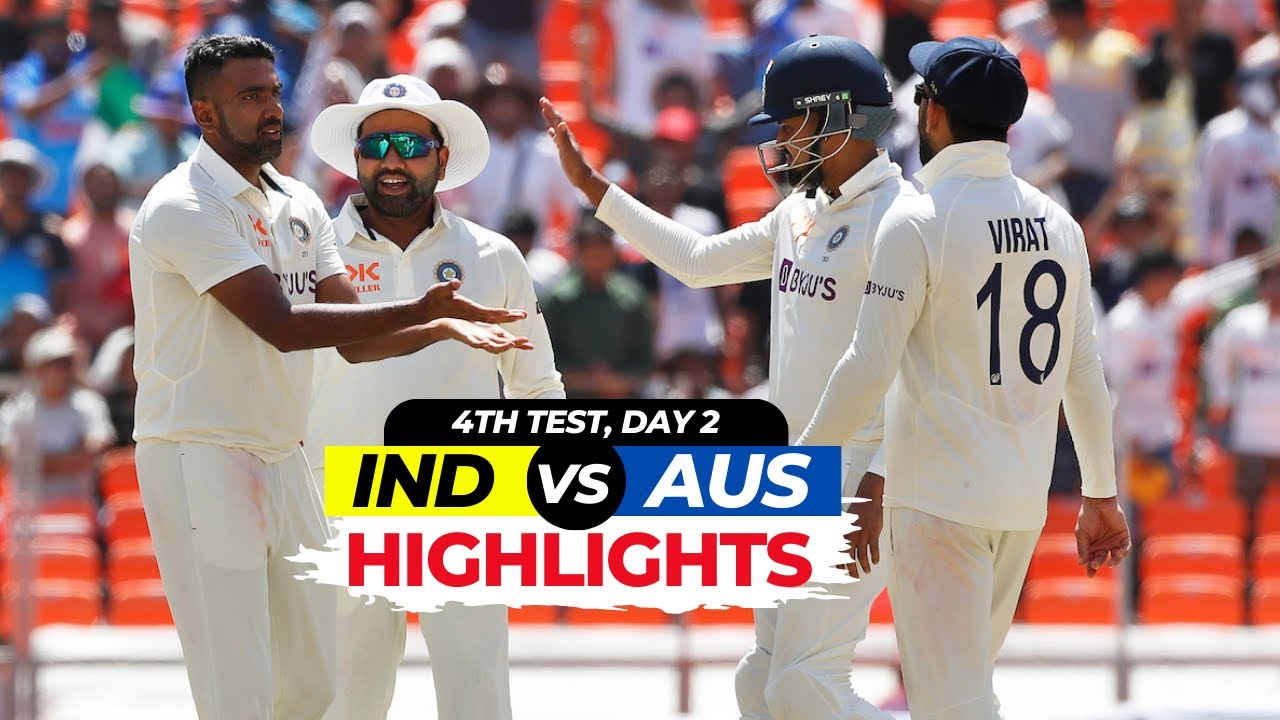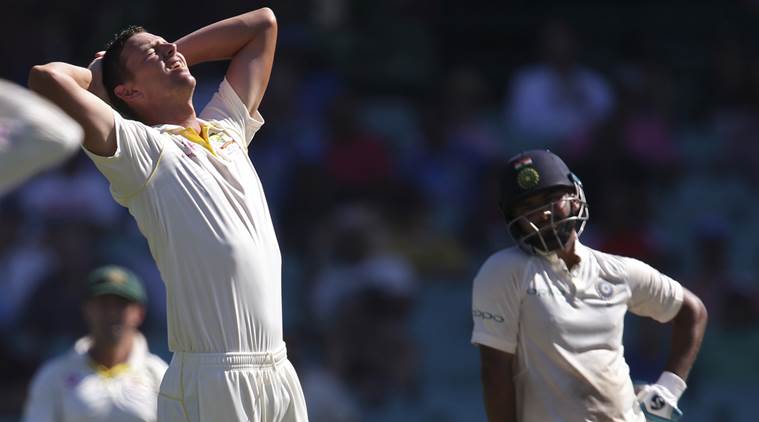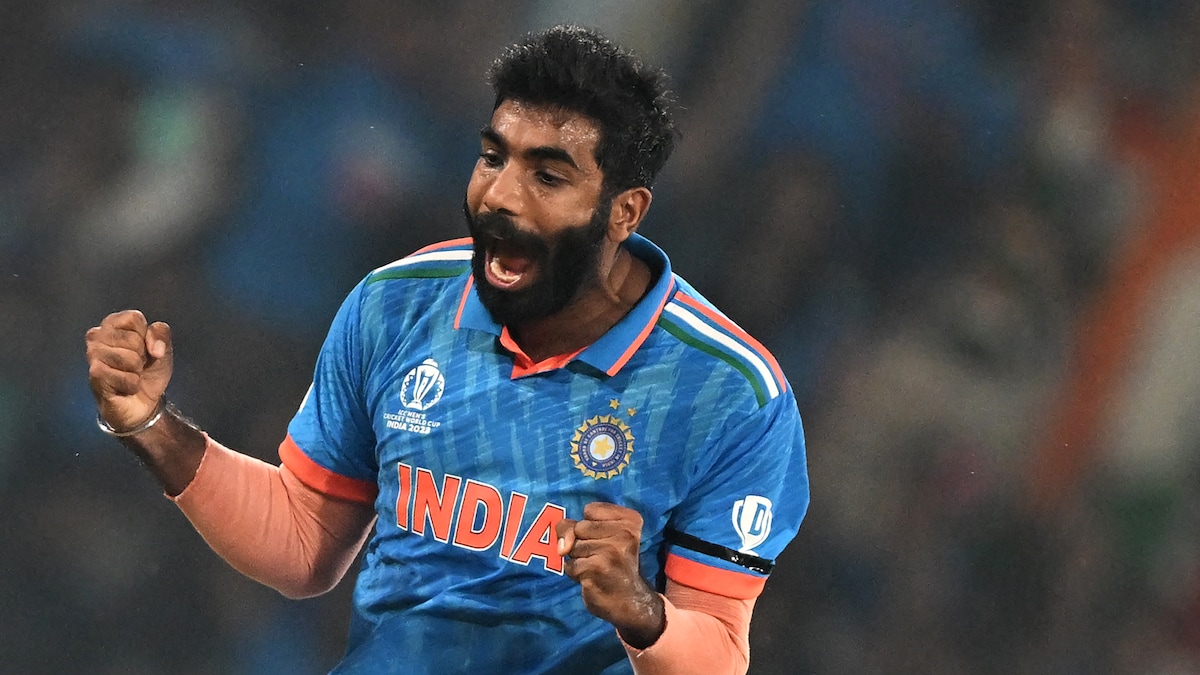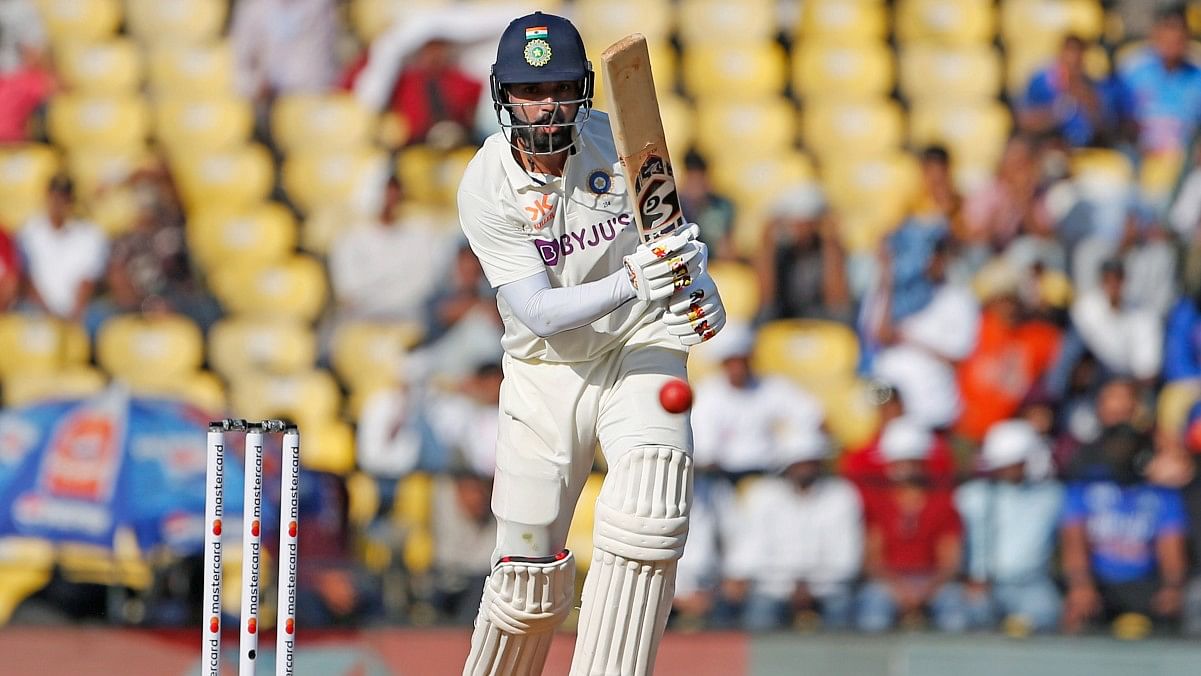


Kohli's run out, along with a controversial decision to send in nightwatchman Mohammed Siraj, added to India's woes at the end of Day 1. Despite the setback, India bounced back on Day 2 thanks to a strong counter-attack by Rishabh Pant and Shubman Gill. Their efforts, along with a quickfire cameo by Washington Sundar, helped India take a first innings lead for the first time in the series.
Virat Kohli's Run Out and Mohammed Siraj's Controversial Decision
On Day 1 of the third Test match between India and Australia in Sydney, a series of events unfolded that triggered controversy and drew attention:
Virat Kohli's Run Out
Indian captain Virat Kohli, who had been struggling for form, was dismissed for 44 runs when he was caught short of his crease by a direct hit from Matthew Wade. The run-out was a setback for India, as Kohli is their leading batsman and a crucial figure in their hopes of winning the series.
Mohammed Siraj Sent in as Nightwatchman
After Kohli's dismissal, India sent in Mohammed Siraj, a fast bowler, as a nightwatchman. This decision was highly controversial, as Siraj is not known for his batting abilities and India had better batting options available, such as Cheteshwar Pujara and Hanuma Vihari.
Siraj's Quick Dismissal and India's Woes
Siraj's stay at the crease was short-lived, as he was dismissed for just 2 runs after facing only 13 balls. His quick dismissal further compounded India's woes, as they lost two crucial wickets in quick succession.
India's Fightback on Day 2
Despite the setbacks on Day 1, India showed tremendous resilience on Day 2. Rishabh Pant and Shubman Gill launched a counter-attack, scoring briskly and building a crucial partnership. Washington Sundar also made a quick-fire cameo, helping India take the lead in the first innings for the first time in the series.
Top 5 FAQs and Answers Related to Virat Kohli and Mohammed Siraj
1. What was the reason for Virat Kohli's run out?
A: Kohli was run out when he hesitated after a mix-up with Rishabh Pant, allowing Matthew Wade to collect the throw and hit the stumps.
2. Why was Mohammed Siraj sent in as a nightwatchman?
A: The decision to send in Siraj as a nightwatchman was criticized by many, as he is known for his bowling abilities rather than his batting. The reason for the decision is not entirely clear, but it is possible that India wanted to protect Pujara and Vihari from facing the new ball in the fading light.
3. How did India respond to the setbacks on Day 1?
A: India showed great resilience on Day 2, with Rishabh Pant and Shubman Gill leading the fightback and building a crucial partnership. Washington Sundar also made a quick-fire cameo, helping India take the lead in the first innings.
4. What is the significance of India's first innings lead?
A: Taking a first innings lead is crucial in Test cricket, as it gives the team that batted first a psychological and strategic advantage. It means that India will have more time to bowl Australia out and win the match.
5. What are the implications of Virat Kohli's poor form?
A: Kohli's poor form is a concern for India, as he is their leading batsman and a talismanic figure. If he continues to struggle, it will make it more difficult for India to win matches and retain the Border-Gavaskar Trophy.

In a dramatic first day of the Test match between India and Australia in Perth, India took control of the game by bowling out the hosts for just 67 runs. Jasprit Bumrah was the star of the day, taking four crucial wickets in the final session to put India in a strong position. Mitchell Starc and Alex Carey managed to salvage some hope for Australia, but with the dominant bowling performance by India, the hosts are facing an uphill battle. This match also raised questions about Virat Kohli's form, as the star batsman failed to produce a high-score once again.

The first day of the India vs Australia Test match at Perth was a rollercoaster ride, with 17 wickets falling and Australia reeling at 67 for 7 at stumps. The star of the day was Jasprit Bumrah who ripped apart the Australian top-order with four wickets, making it one of the worst starts for the hosts at home this century. With India's lowest Test score at home at 85 against South Africa in 2016, Bumrah's pacy unit will be aiming to create history on Day 2. The rest of the series and even Saturday's match is now up in the air, making it a thrilling and unpredictable game for both teams.

In this interview, Desert Vipers' Luke Wood, who has played in the Indian Premier League for the Mumbai Indians, talks about the ongoing debate on the best Test batter in the modern era. While acknowledging the greatness of Virat Kohli and Babar Azam as multi-format players, Wood believes that Joe Root's consistent performance in the Test format makes him the best. He also shares his experience of playing in the IPL and how the Twenty20 format presents a unique challenge for bowlers.

After a dramatic first day of the 1st Test match between India and Australia, where 17 wickets fell, both teams are looking to improve their batting performances on Day 2. Australia's Josh Hazlewood caused trouble for the Indian batsmen with his extraordinary bounce, picking up 3 wickets. However, India's Jasprit Bumrah also made an impact, getting 4 wickets and leaving Australia struggling at 67/7 at the end of the day. Despite a fightback from Australia's tail, India remains on top.

India's captain Jasprit Bumrah's outstanding performance with the ball has helped the team make a comeback in the first Test against Australia. Bumrah has already taken four wickets and will be looking to dismiss the tail-enders to prevent Australia from taking a first-innings lead. Meanwhile, Australia will rely on Alex Carey to bat with their tail-enders and surpass India's first-innings score in order to stay in the game.

Indian opening batsman KL Rahul was dismissed in a controversial manner on day 1 of the first Test between India and Australia in the Border-Gavaskar series. The former cricketers Matthew Hayden and Sanjay Manjrekar have pointed out a major flaw in the snicko meter, which may have led to the controversial decision. India ended their innings on 150 while Australia are struggling at 67 for 7 at the end of Day 1.

West Indies opening batsman Mikyle Louis and Alick Athanaze both came close to scoring their first test centuries on day one of the first test match against Bangladesh. Louis made 97 runs off 218 balls while Athanaze scored 90 runs off 130 deliveries. However, they both fell short of their milestone due to rare rash shots, with Louis falling to a key wicket from Bangladesh skipper Mehidy Hasan Miraz. The pair's partnership of 140 runs helped rebuild the West Indies innings after a shaky start.

Katie Ledecky, the Olympic swimming champion, recently made a visit to her former school, Stone Bridge School of the Sacred Heart in Bethesda, Maryland. During her visit, she interacted with students and answered their questions, including one from second grader Anna Reilly. Ledecky's visit provided an exciting opportunity for the children to meet and learn from the champion athlete.

As the Women's Big Bash League enters its fourth season, fans are gearing up for an action-packed weekend featuring three highly-anticipated matches. On November 21, the Perth Scorchers Women will face off against the Sydney Sixers Women in a showdown at Hobart. The next day, the Sydney Thunder Women and Melbourne Renegades Women will go head to head in Melbourne, while the Melbourne Stars Women will face a tough challenge against the Brisbane Heat Women in Brisbane. With all three matches taking place in different cities, fans across the country are excited to see their favorite players compete for victory.

O treinador João Pereira assume o comando do Sporting na 4ª eliminatória da Taça de Portugal, após a saída de Ruben Amorim para o Manchester United. O ex-futebolista, que vem da equipa B, é a aposta arriscada do clube para manter a saga de vitórias e conquistar o bicampeonato. O jogo contra o Amarante é considerado fácil para o Sporting, que é o favorito para o título, enquanto que o Benfica e o FC Porto enfrentam desafios semelhantes contra adversários do mesmo escalão.